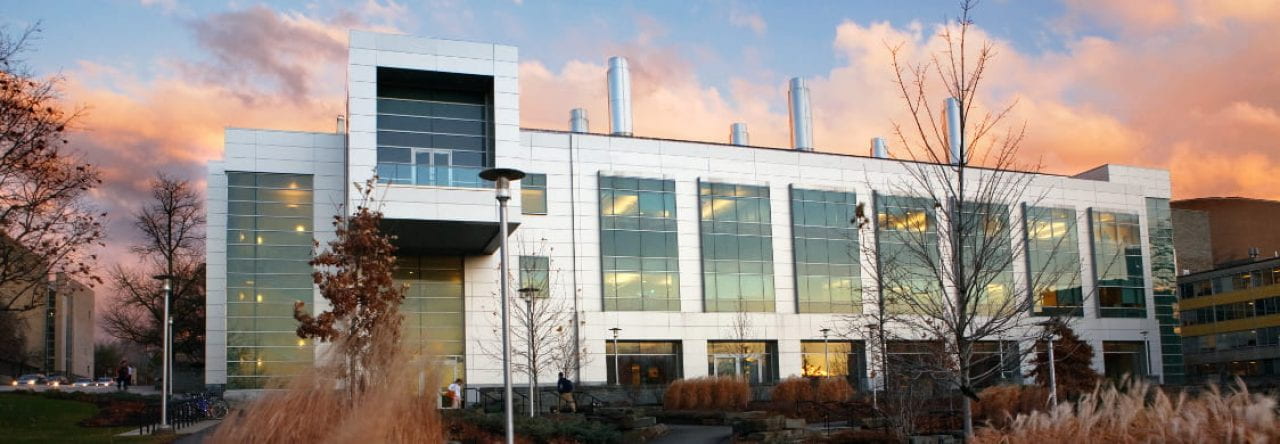Lois Pollack
John Edson Sweet Professor of Engineering
Applied and Engineering Physics
Biography
After receiving her Ph.D. in condensed matter physics from MIT, Pollack came to Cornell to work with the Low Temperature Physics group. She was a Postdoctoral Associate (1989-1991) and a Research Associate (1991-1997) in the Microkelvin Laboratory. In 1997, with support from the NSF and the LASSP Biophysics Group, she changed the focus of her research program to Biophysics. In 1999 she became Senior Research Associate in LASSP. She joined the faculty in Applied and Engineering Physics in 2000. Her research focuses on developing and applying physics-based tools to gain insight into outstanding problems in molecular biology. She received the Swanson Excellence in Teaching Award in 2003, and the Chau Excellence in Teaching Award in 2012.
Research Interests
Pollack’s research program has two distinct themes. The first theme is instrumentation: the development of experimental tools that enable novel, time-resolved studies of proteins, DNA or RNA. By coupling microfluidics with light (either x-rays or lasers), our group has developed and applied tools that report dynamic shape changes as these large molecules assume (‘fold’ to) their biologically active states.
The second theme is a tight research focus on electrostatic interactions in RNA and DNA. The large negative charge carried by these nucleic acids significantly impacts their structure and function. This topic is timely, as recognition of RNA’s central role in the cell continues to increase at an astonishing rate.
- Nanobio Applications
- Nanotechnology
- Biomedical Imaging and Instrumentation
- Molecular and Cellular Engineering
- Biomedical Engineering
- Bioengineering
- Biotechnology
- Molecular Biotechnology
- Microfluidics
- Microfluidics and Microsystems
- Polymers and Soft Matter
- Biophysics
Selected Publications
- S. Pandey et al., “Observation of substrate diffusion and ligand binding in enzyme crystals using high-repetition-rate mix-and-inject serial crystallography”, IUCrJ, 8 (6), 2021.
- W. He, Y.-L. Chen, L. Pollack and S. Kirmizialtin, “The structural plasticity of nucleic acid duplexes revealed by WAXS and MD”, Sci. Adv., 7, eabf6106 (2021).
- G. Calvey, A. Katz, K. Zielinski, B. Dzikovski, and L. Pollack, “Characterizing Enzyme Reactions in Microcrystals for Effective Mix-and-Inject Experiments at X-ray Free Electron Lasers”, Anal. Chem. 92 (20), 13864-13870 (2020).
- J. San Emeterio and L. Pollack, “Visualizing a viral genome with contrast variation small angle x-ray scattering”, J. Biol. Chem., 295 (47), 15923-15932 (2020).
- J. A. Kelly, A. N. Olson, K. Neupane, S. Munshi, J. San Emeterio, L. Pollack*, M. T. Woodside*,and J. D. Dinman*, “Structural and functional conservation of the programmed −1 ribosomal frameshift signal of SARS coronavirus 2 (SARS-CoV-2)”, J. Biol. Chem., 295 (31), 10741-10748 (2020).
- Y.-L. Chen and L. Pollack, “Machine Learning Machine Learning Deciphers Structural Features of RNA Duplexes Measured with Solution X-ray Scattering”, IUCrJ, 7 (5) (2020).
- A. Plumridge, K. Andresen and L. Pollack, “Visualizing disordered single-stranded RNA: connecting sequence, structure and electrostatics”, J. Amer. Chem. Soc., 142, 109-119 (2020).
Selected Awards and Honors
- Chau Excellence in Undergraduate Research Supervision (Cornell University) 2012
- Dorothy and Fred Chau Excellence in Teaching Award 2011
- NIH EUREKA-R01 2009
- National Science Foundation Career Award 2004
- Mentor of Merrill Presidential Scholar (Cornell University) 2003
Education
- B.A. (Physics), Brandeis University, 1983
- Ph.D. (Physics), MIT, 1989





